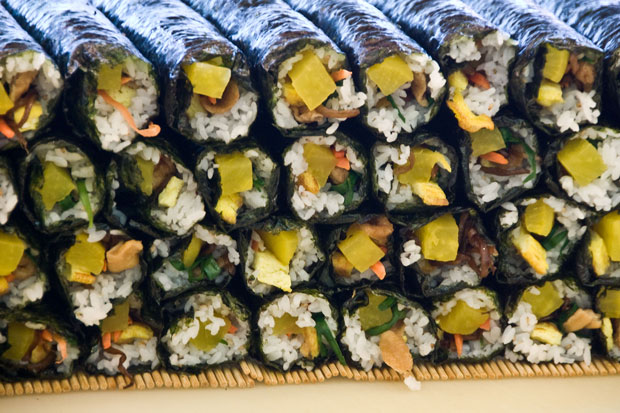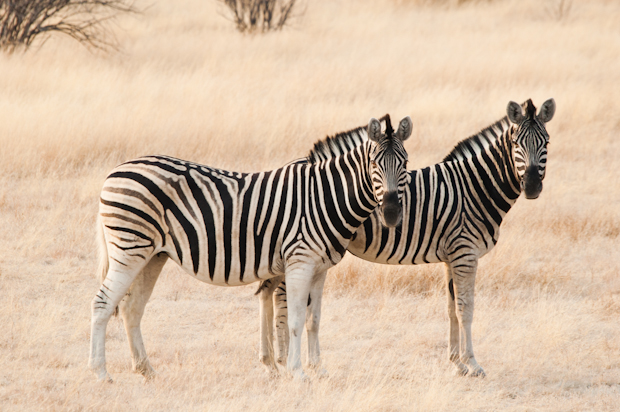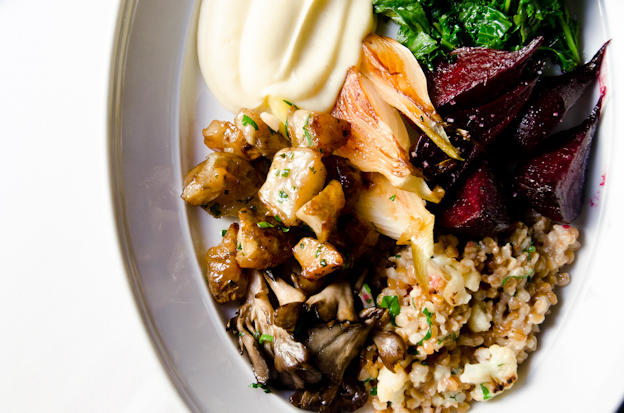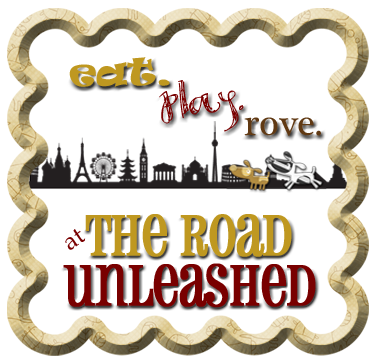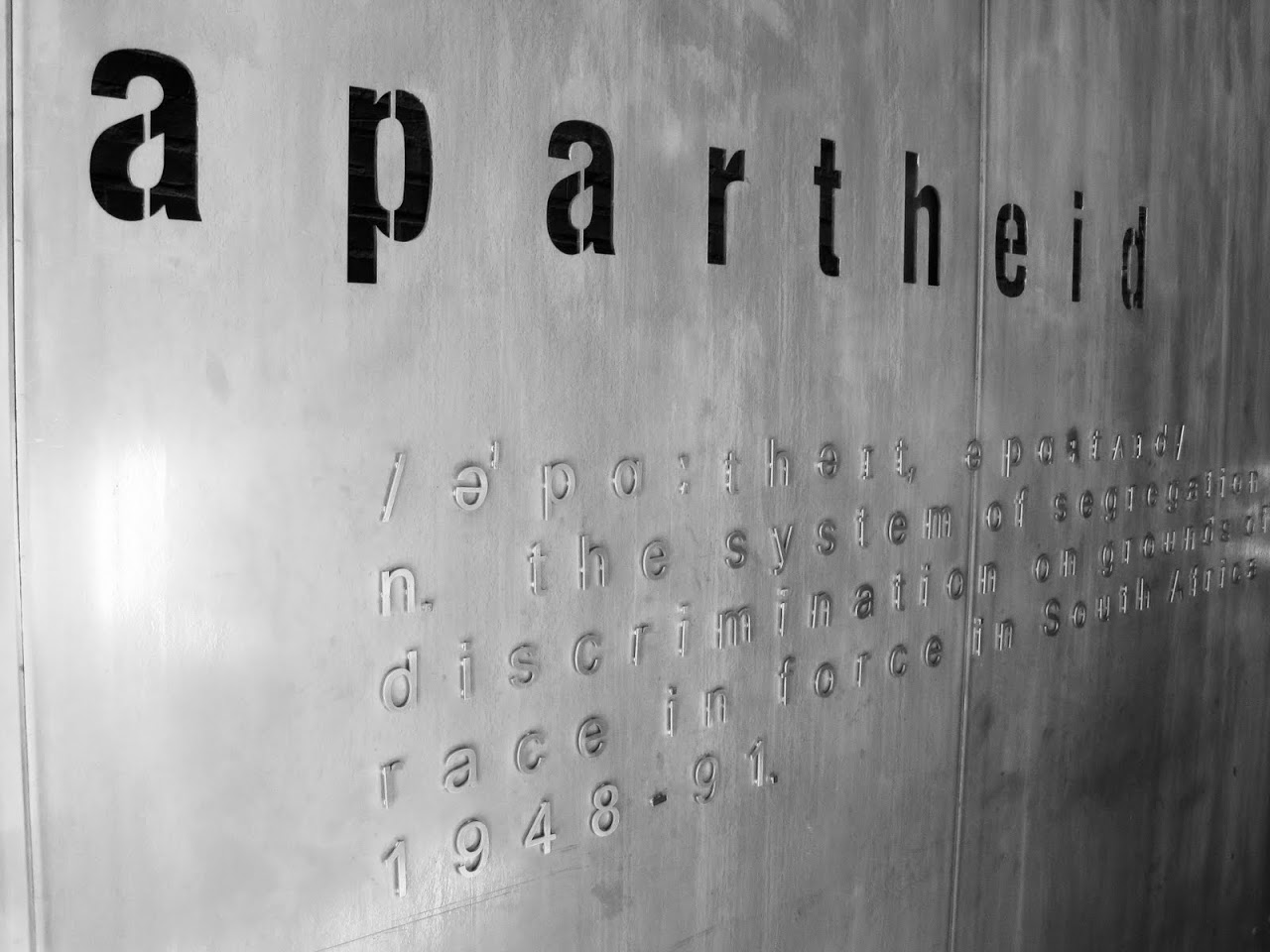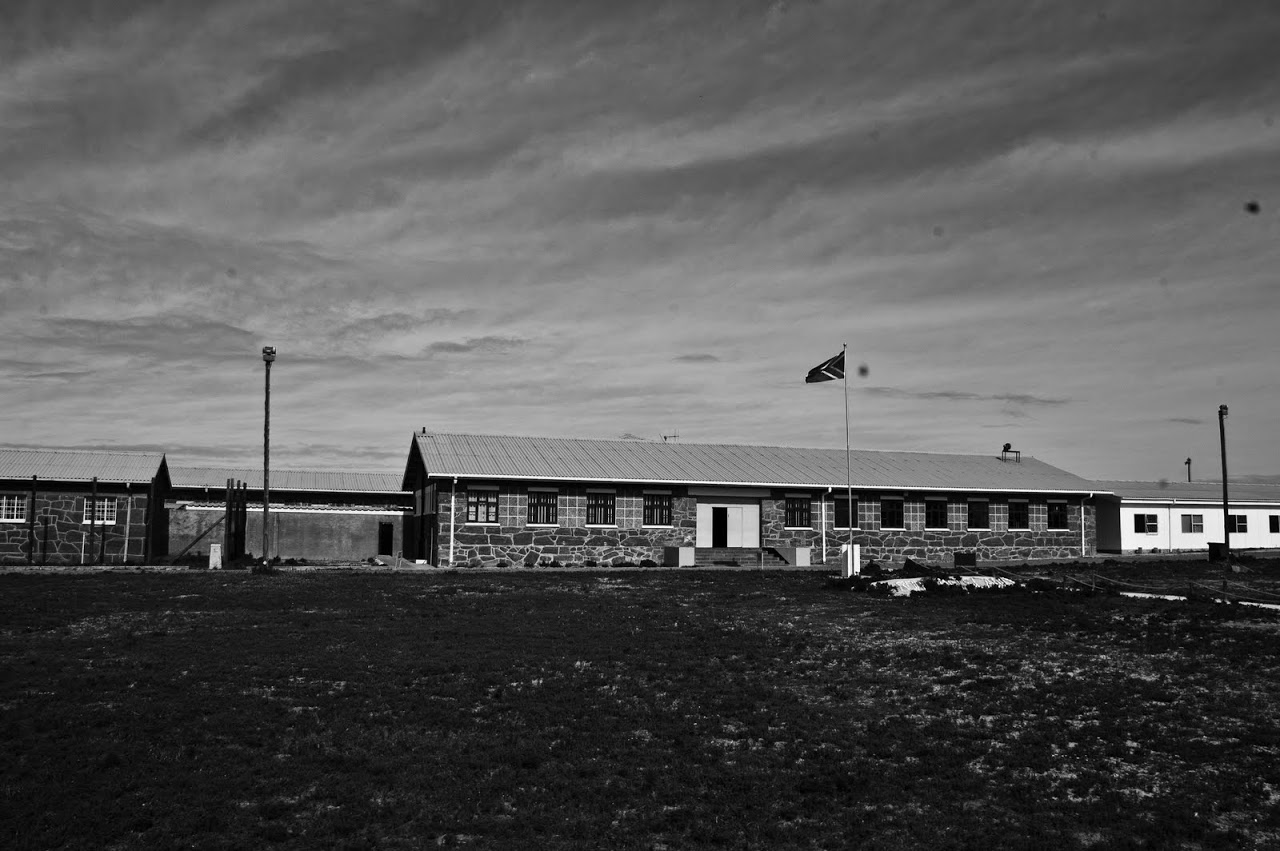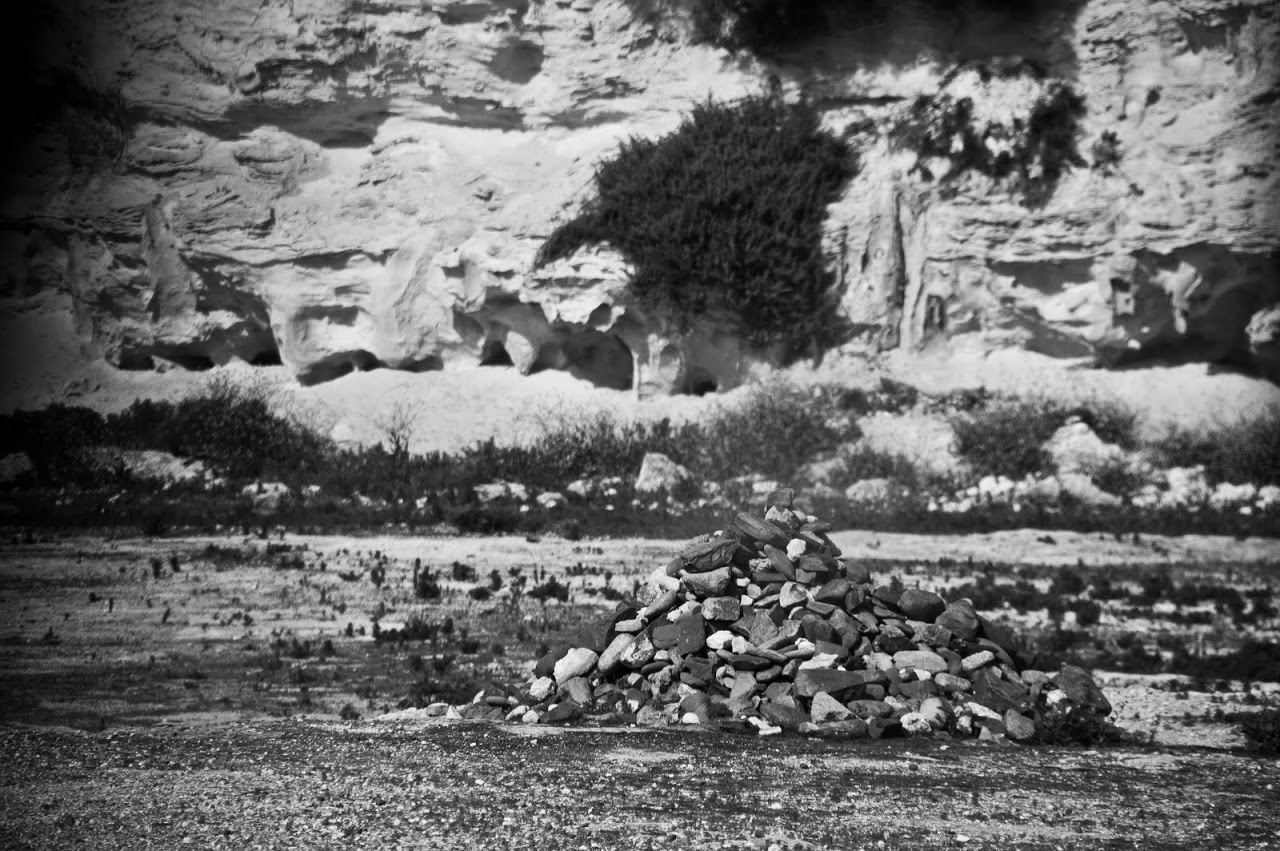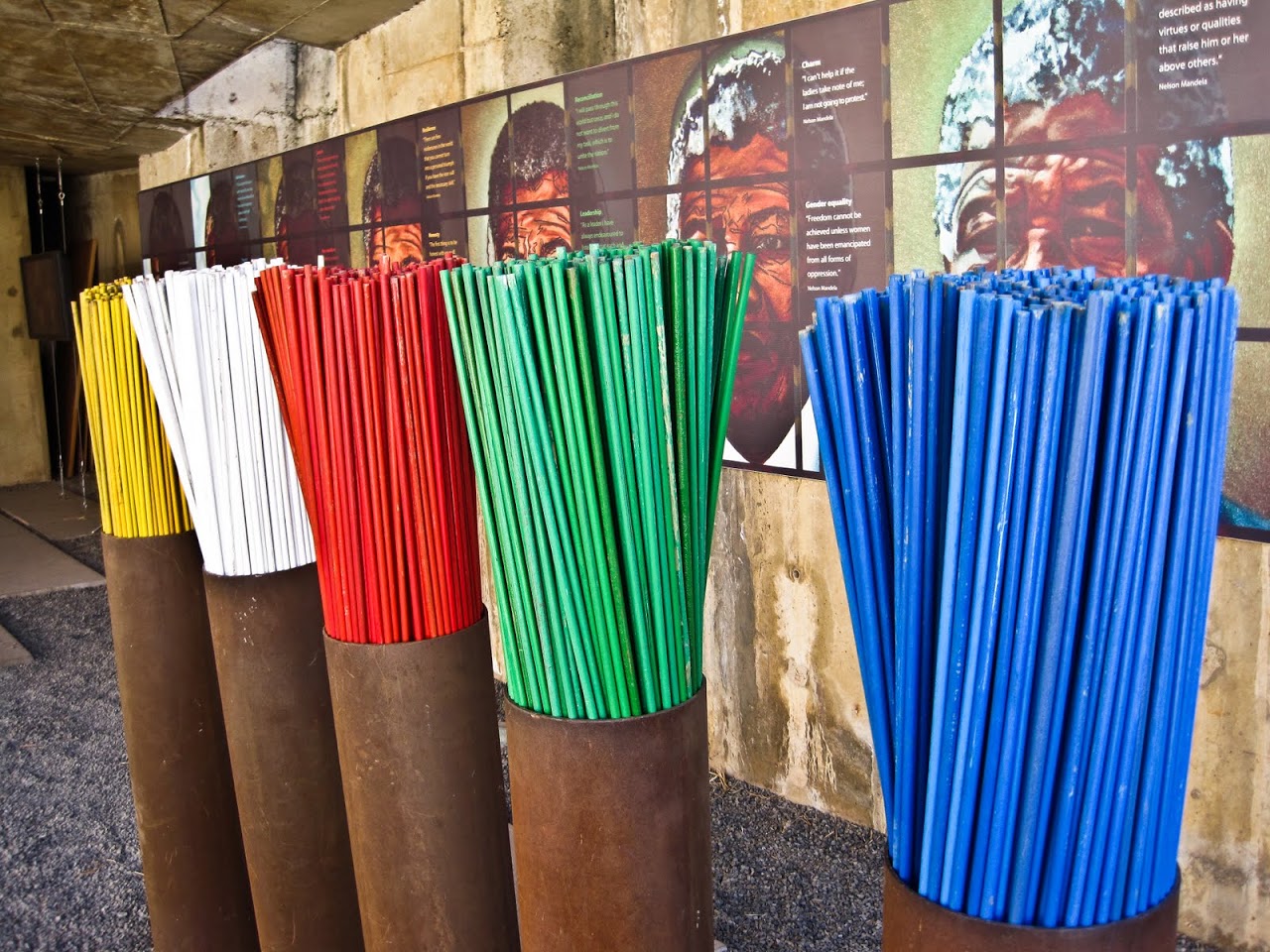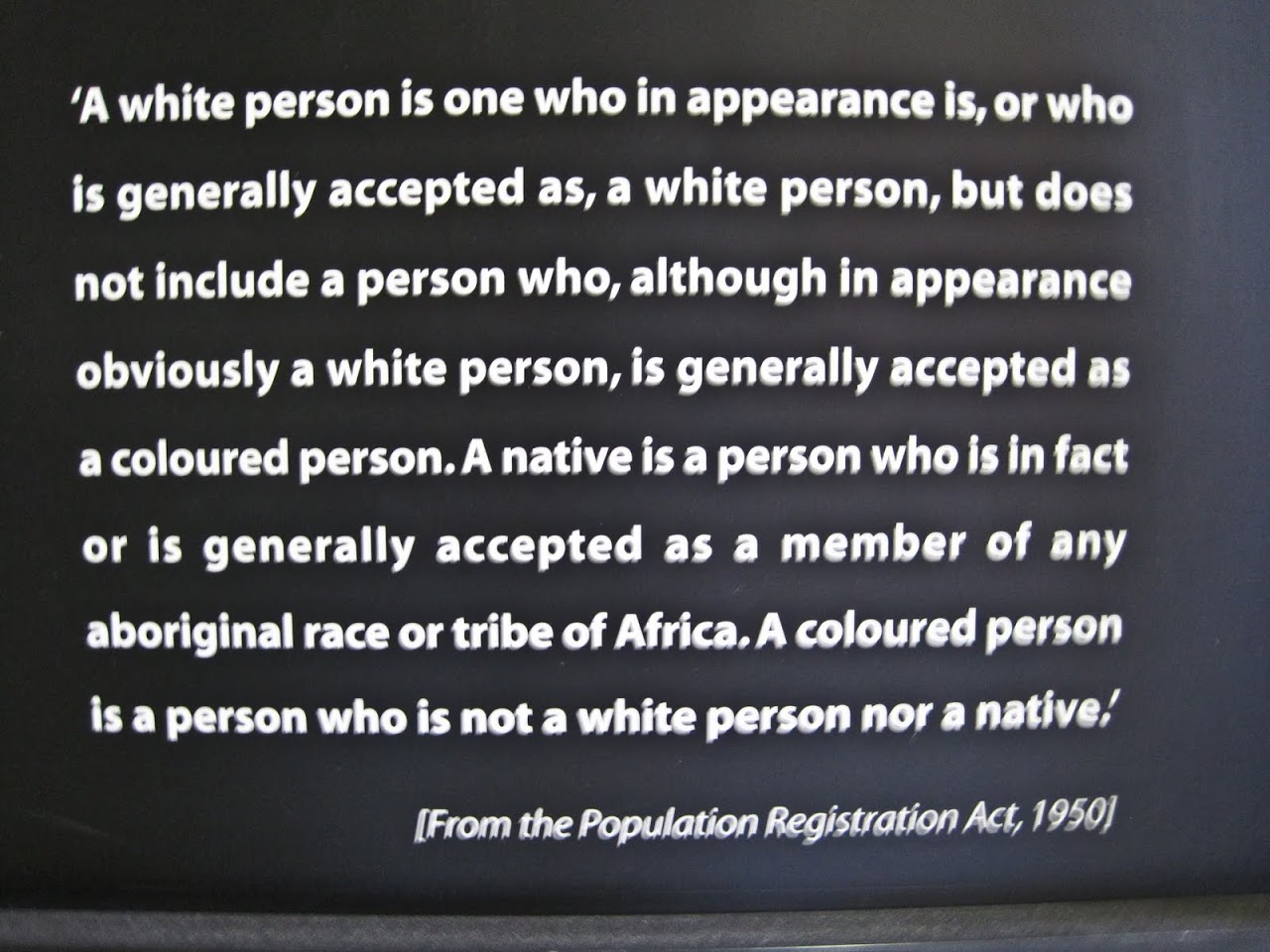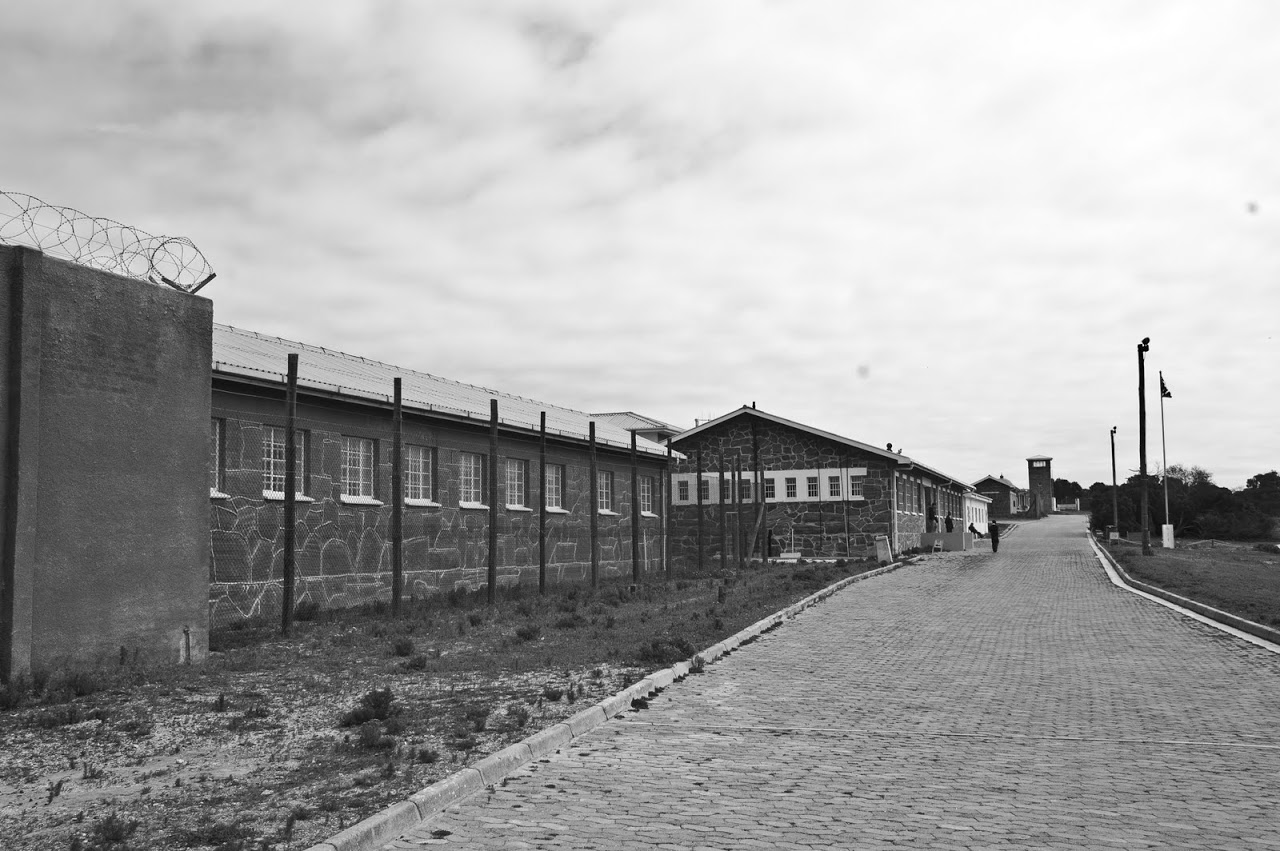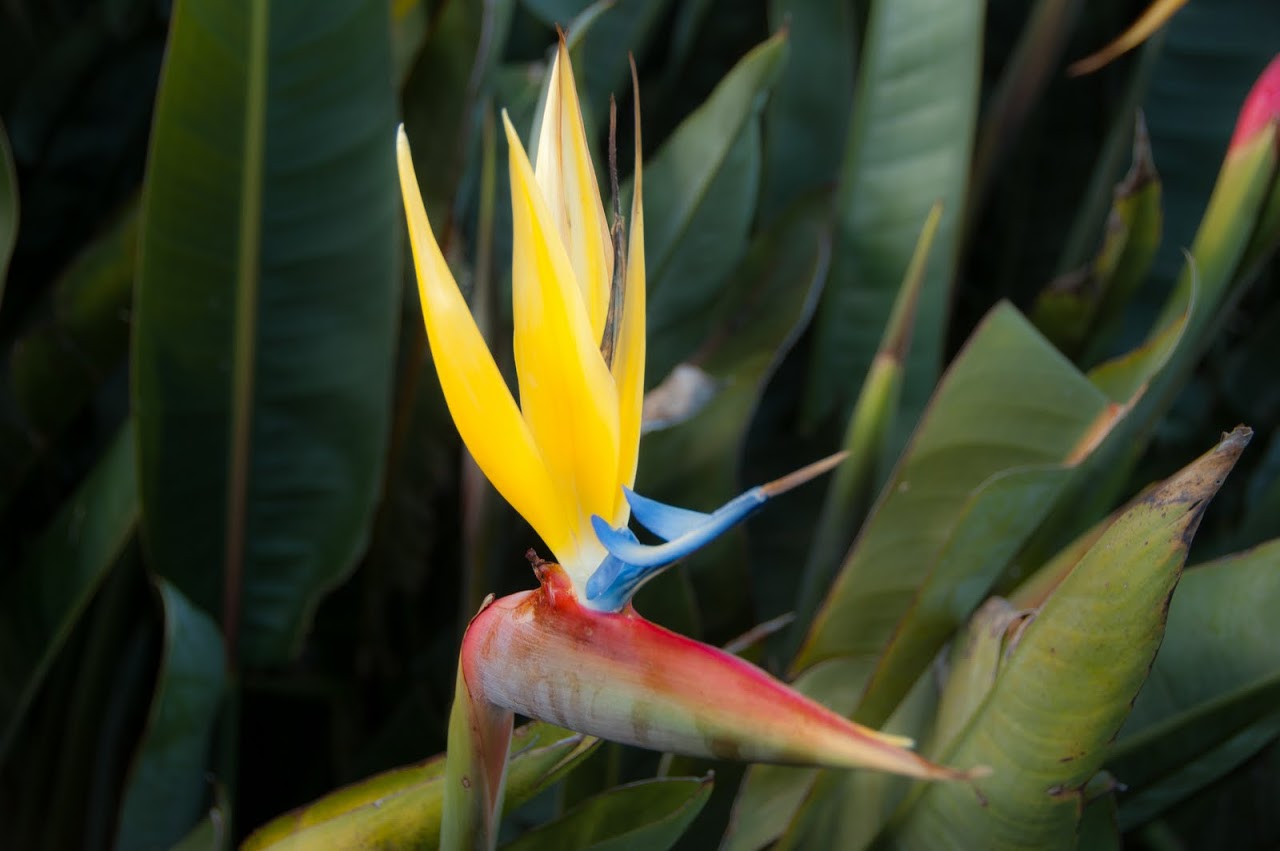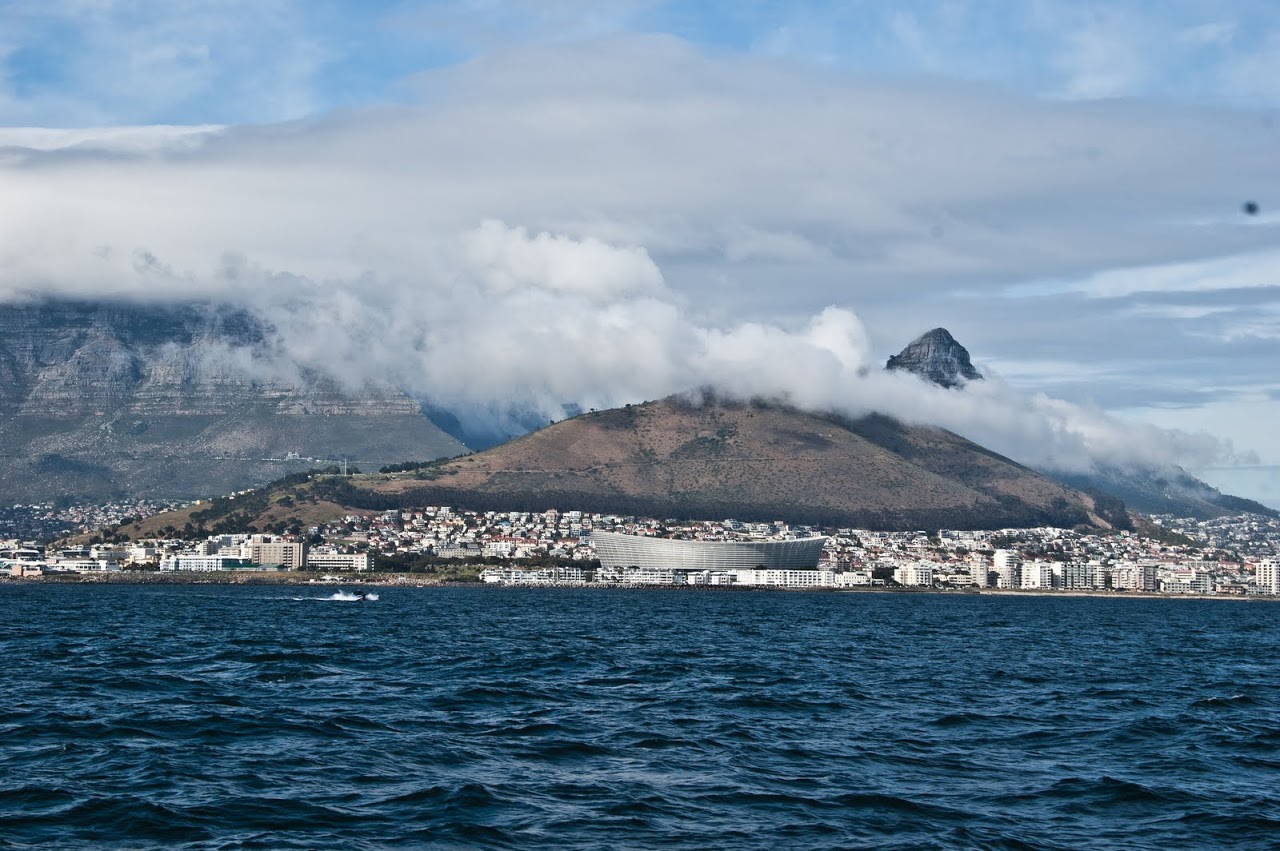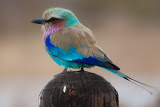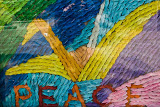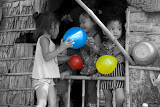Apartheid sign at the Apartheid museum in Johannesburg
In 1979, the year I was born, the South African Apartheid government prosecuted a well-to-do Indian woman and white man in Johannesburg, because police suspected that they were having a mixed-race sexual relationship, prohibited by the 1950 Immorality Act and Prohibition of Mixed Marriages Act. The police infiltrated his home, searching for evidence of the relationship. They were found not guilty---perhaps in part because of their wealthy statuses---but many others were not as lucky.
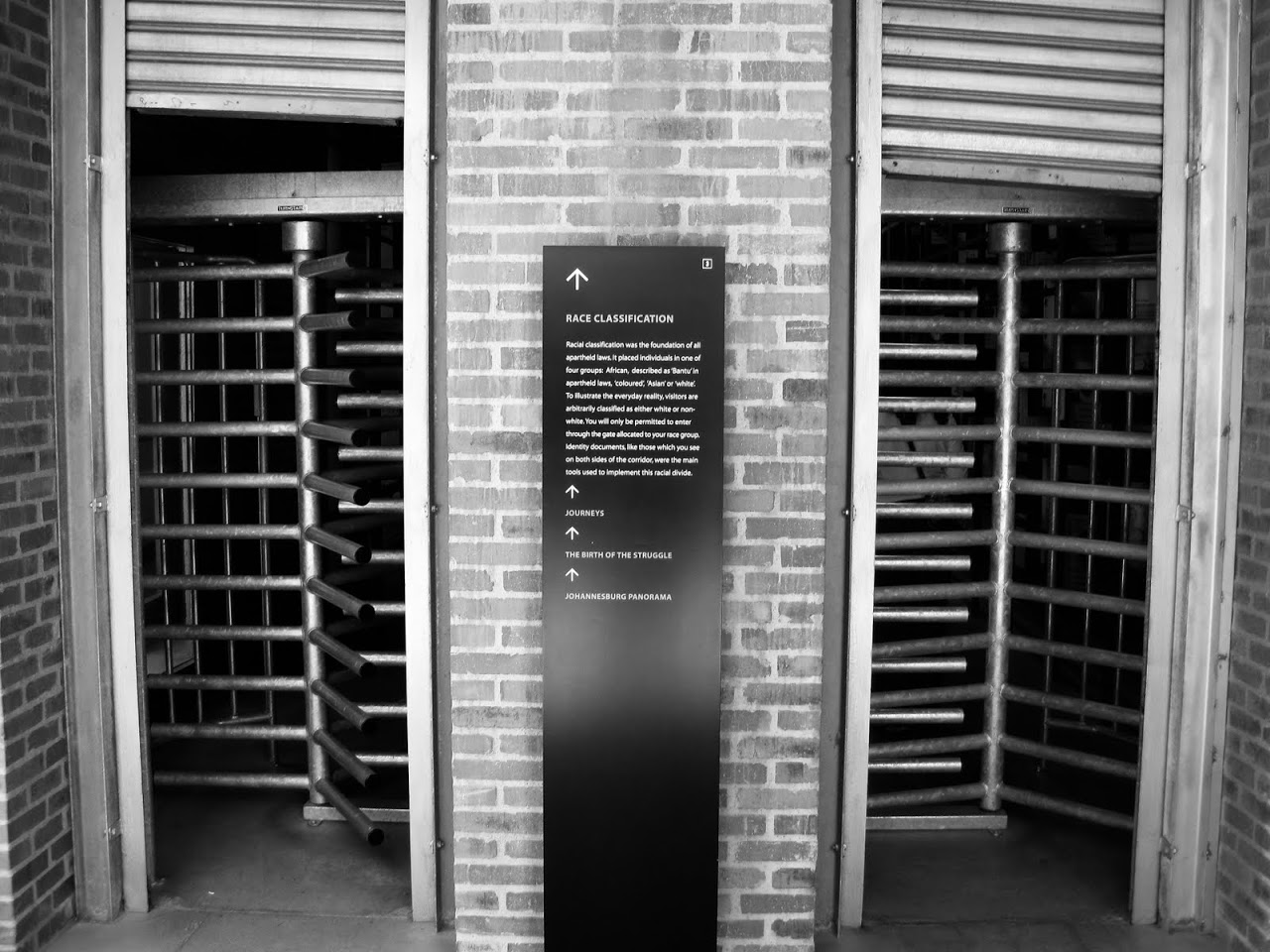
|
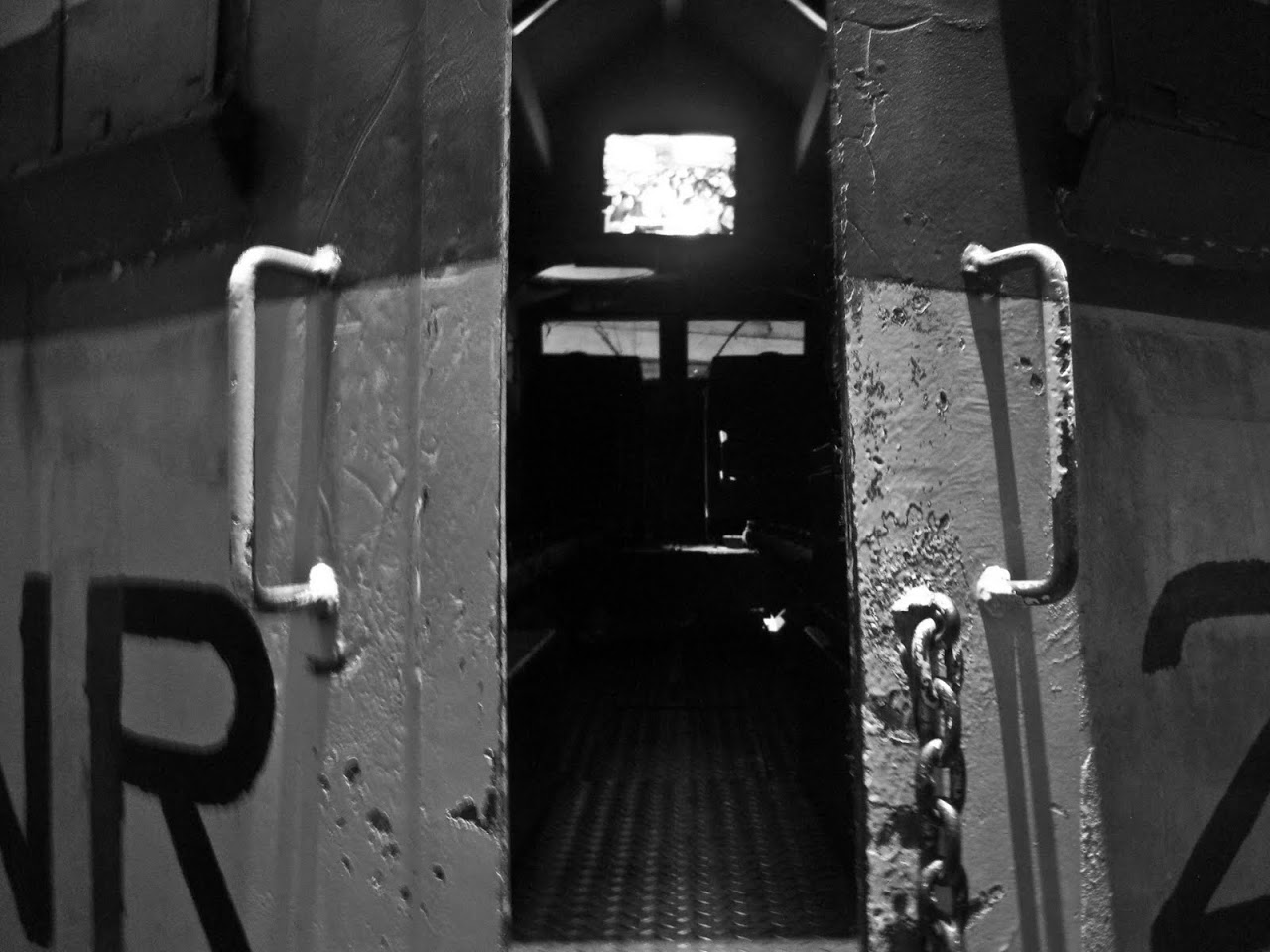
|
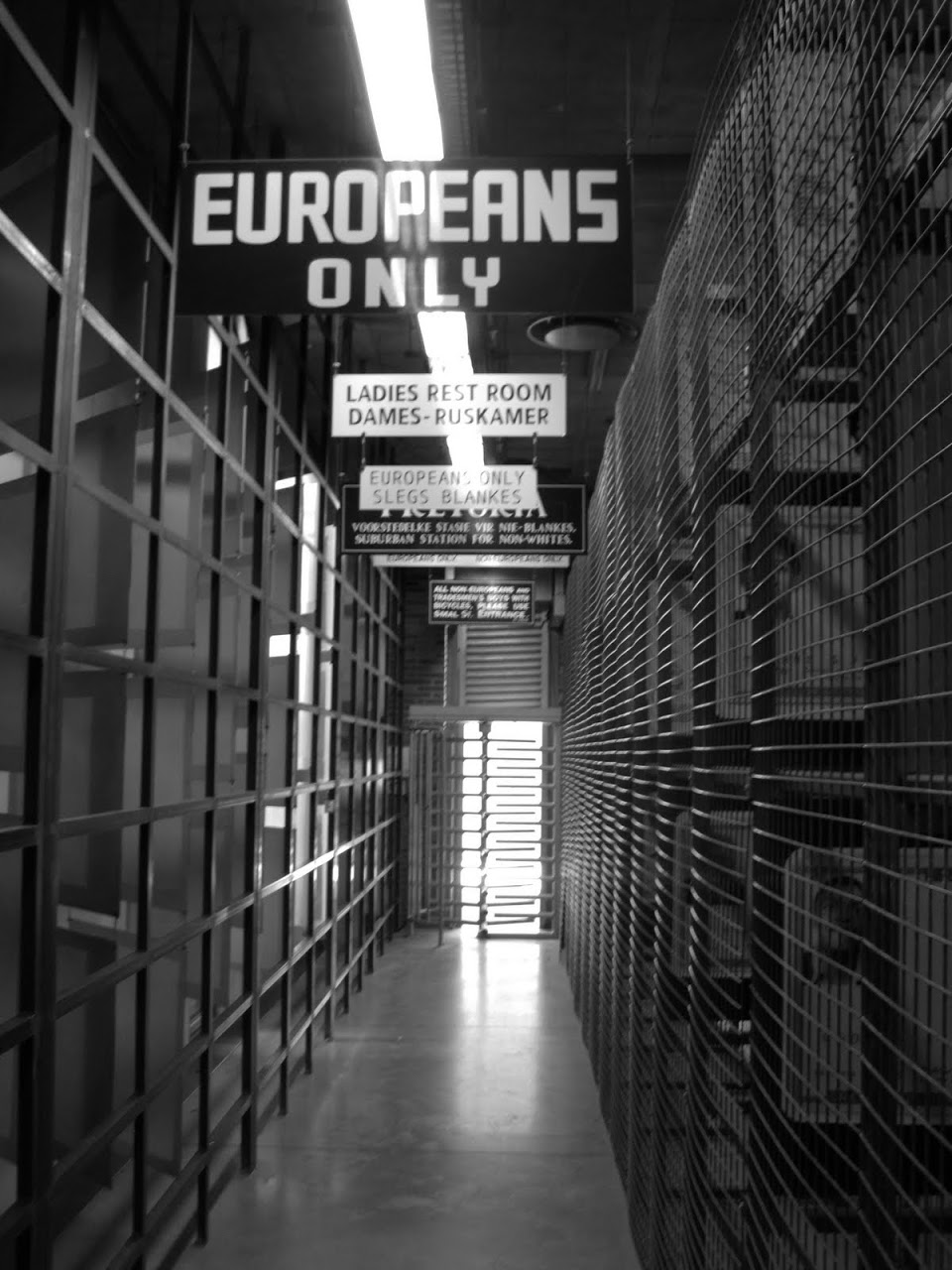
|

|
Thirty one years later, a white man and an Indian woman landed in the Johannesburg airport --- Patrick and me --- for our month stay through South Africa. Of course, South Africa has changed in those 31 years. In the 1980s, the continuous protests against Apartheid reached a violent level and the world took notice of the problems plaguing South Africa. In 1994, Apartheid ended, Nelson Mandela was released from his prison of 27 years, and made President of the new South Africa. Though many individuals were scarred by the hatred and humiliation that marked Apartheid, the government, led largely by Mandela, has sought reconciliation and forgiveness in the past sixteen years.
Prison at Robben Island
But, the wounds of Apartheid were apparent even to us short-term tourists. In the four weeks we drove from Johannesburg to Kruger to Sodwana Bay, then Durban, and the Garden Route, Patrick and I only met one other interracial couple. That interracial couple was a black man and white woman from the United Kingdom who told us that we were the first interracial couple they had met in their month traveling through South Africa.
Rock quarry where Mandela and others worked at Robben Island
And, more than just interracial couples, what we found was a sheer lack of interracial companionship through much of South Africa. We walked through a mall in Durban, focused toward Indian shopping, and Patrick was the only white person. At many grocery stores, I was the only person of color. At others, we were the only non-blacks. Sometimes, we wondered if we were missing an obvious social cue: do certain races only shop at certain stores? We only once saw a mixed-race group at a restaurant and we never saw friends of multiple races walking down the streets.
Colors representing ideals at Mandela exhibit in Apartheid Museum
That being said, we never once experienced overt discrimination. But, most people were confused by us. From what we experienced in South Africa, the blacks stay with the blacks; the whites stay with the whites; the Indians stay with the Indians; and the colored stay with the coloreds.
Robben Island
Patrick and I were, without a doubt, an oddity. Now, South Africa was not the first place in which people stared at us when we walked down the street. In Cambodia, the bartenders and hotel owners assumed that I was Patrick's "escort" because "white men don't marry Asian women." In China, schoolchildren eagerly pressed Patrick to pose with them while they ignored my dark skin as something slightly unnatural. On the other hand, in India, the shopowners and beggars follow Patrick, hoping for a handout or purchase, while they assume I will give them nothing.
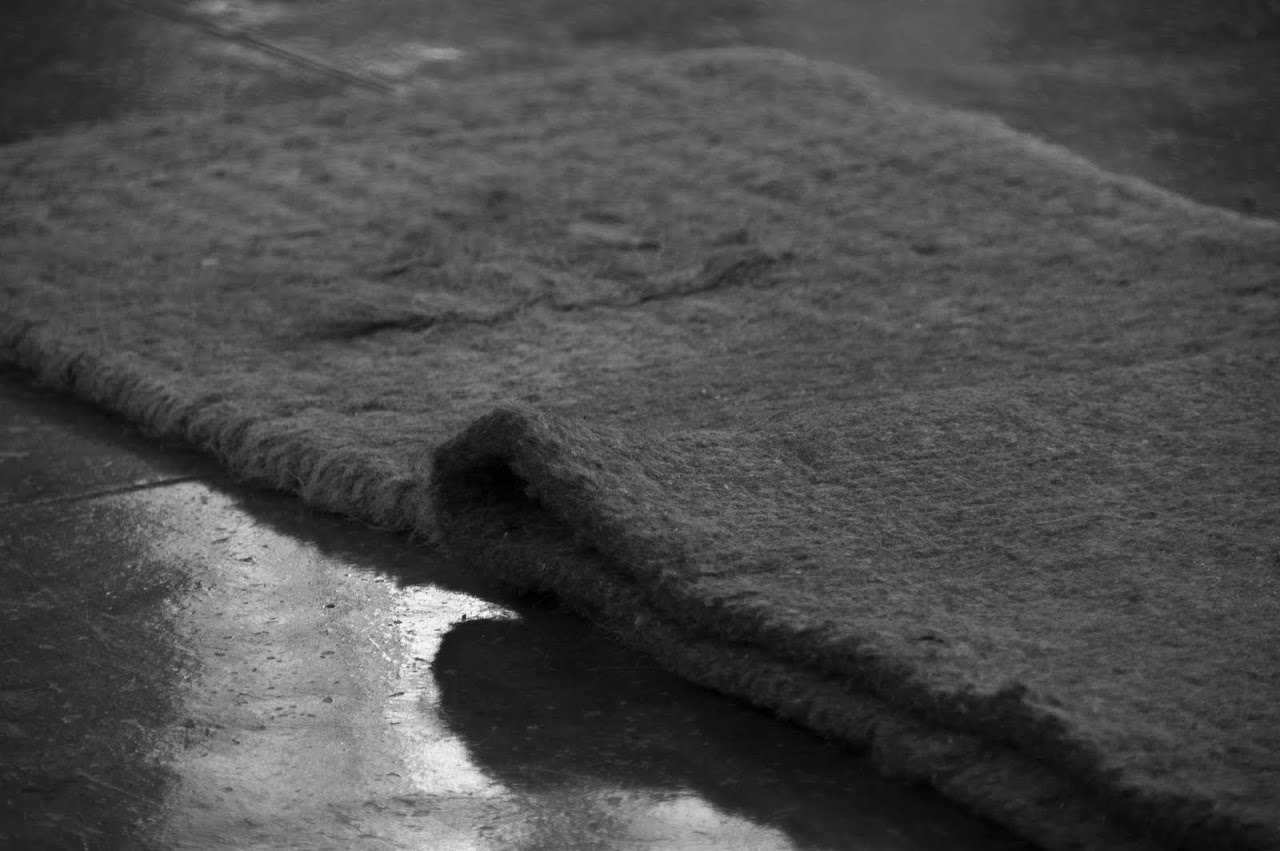
|
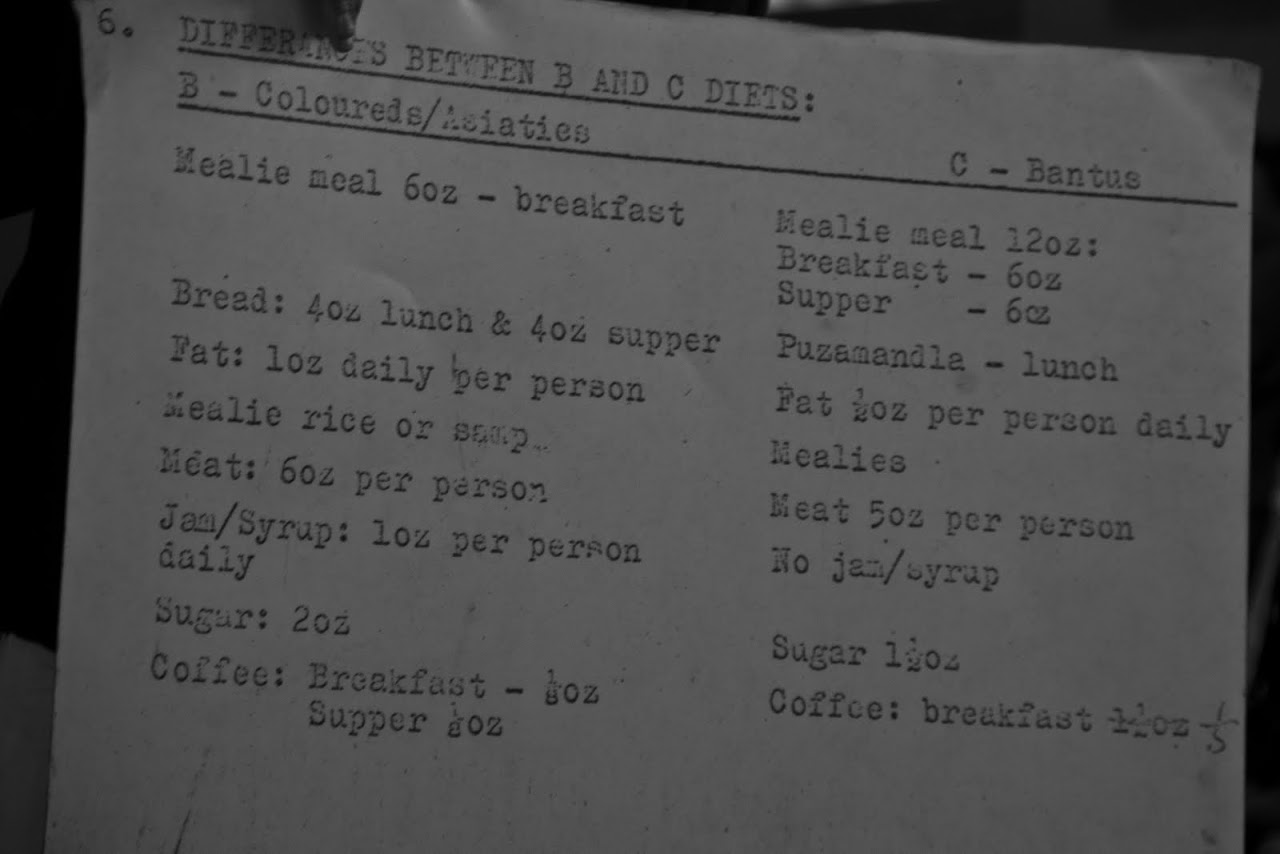
|
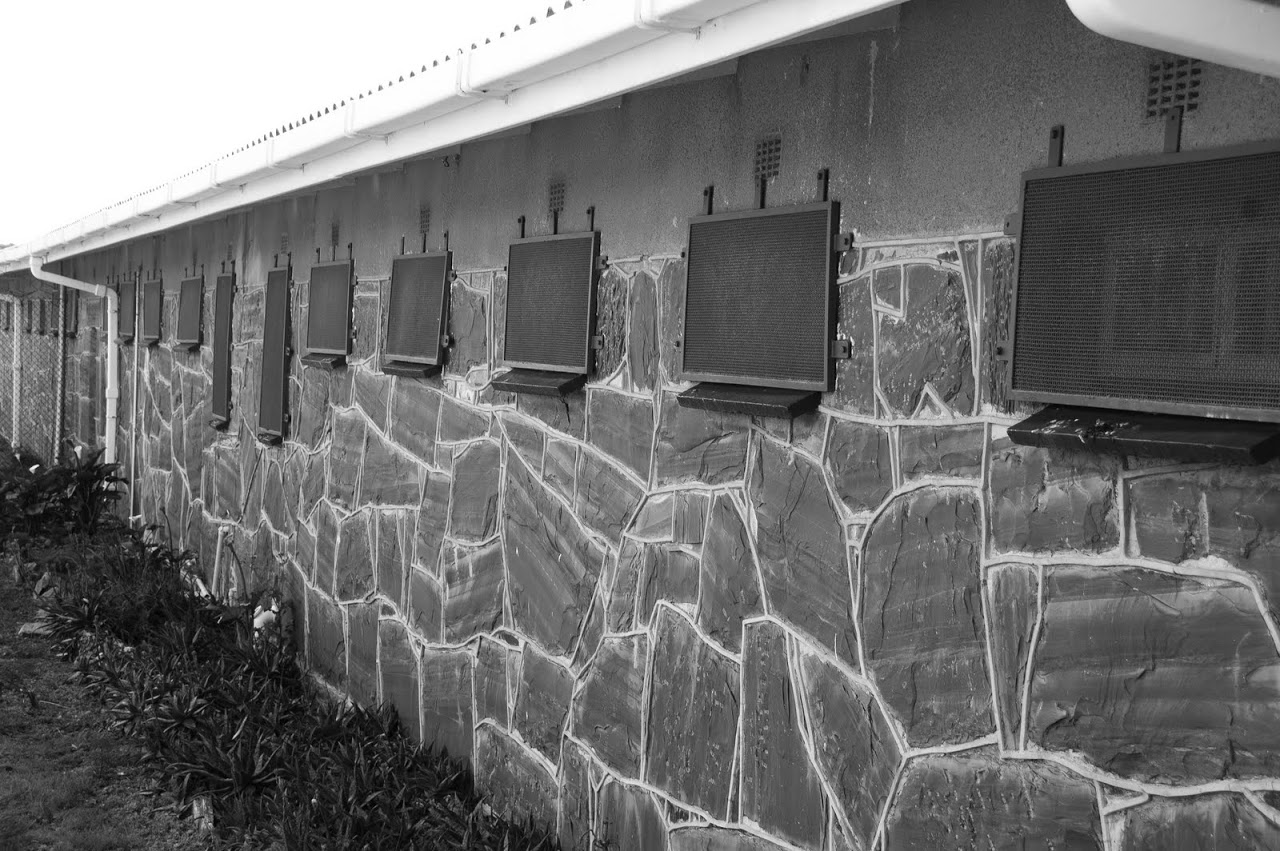
|
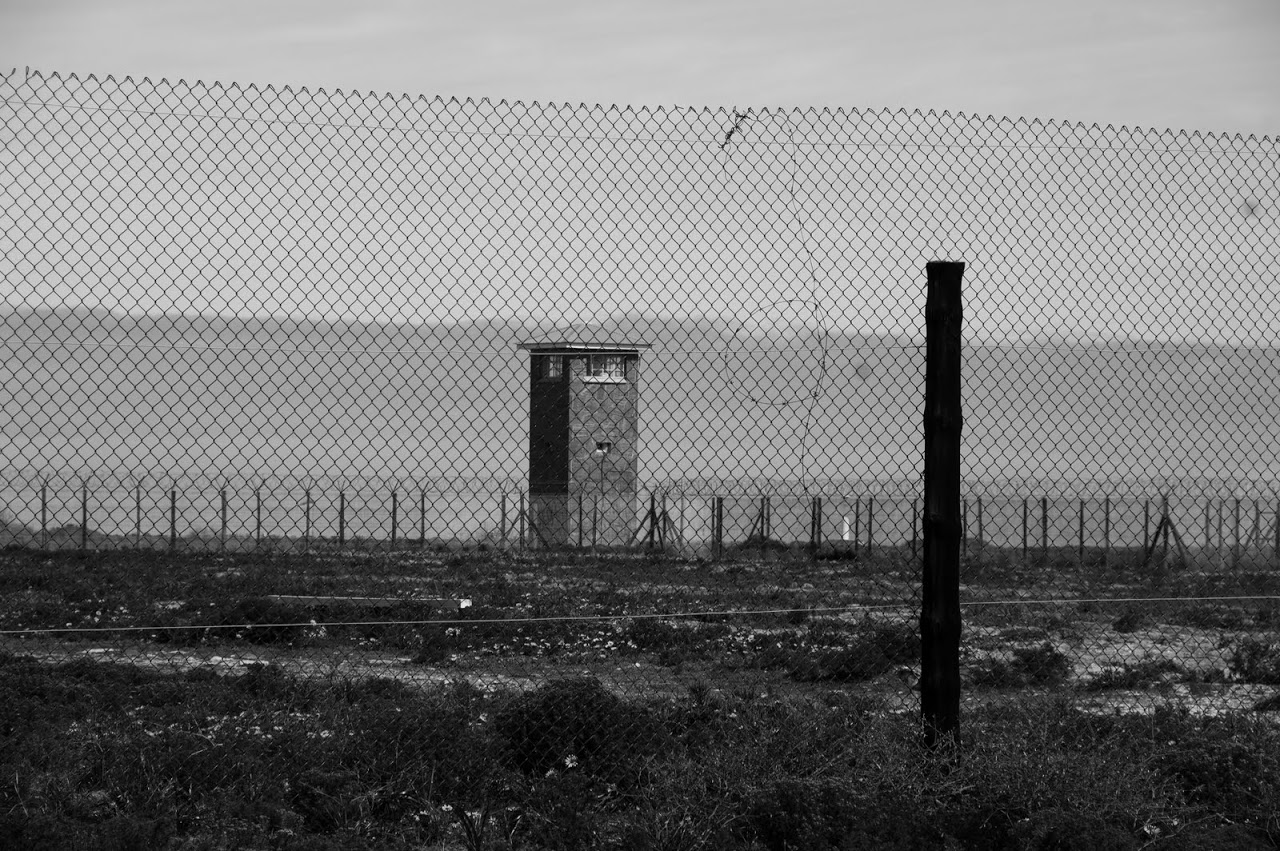
|
But, in South Africa, the lack of mixed race association bothered us because it spoke to a past injury that was not yet healed. In Cambodia, China, and India, mixed race couples are uncommon because, to be blunt, there aren't a whole lot of white people. Those countries have their own racially oriented classifications: the Indian caste system originally was based upon divisions of labor associated with the Dravidians and Aryans and, in China, the Han Chinese government has effectively pushed out many minority tribal groups.
Official definition of race used early on during Apartheid
In South Africa, there are different skin tones and, by most definitions, different races. That being said, defining race in any place is incredibly difficult. I don't self-identify as an Indian though my parents are from India. I have never lived in India and I am as American as they come: I'm from Alabama, make a killer apple pie, and can't imagine a year without rooting for the Auburn Tigers. A friend of Indian descent in high school used to mark the box for "Caucasian" because, genetically, North Indians are Caucasoids. The Census keeps telling us we have to know our race but I find it increasingly difficult to narrow mine down.
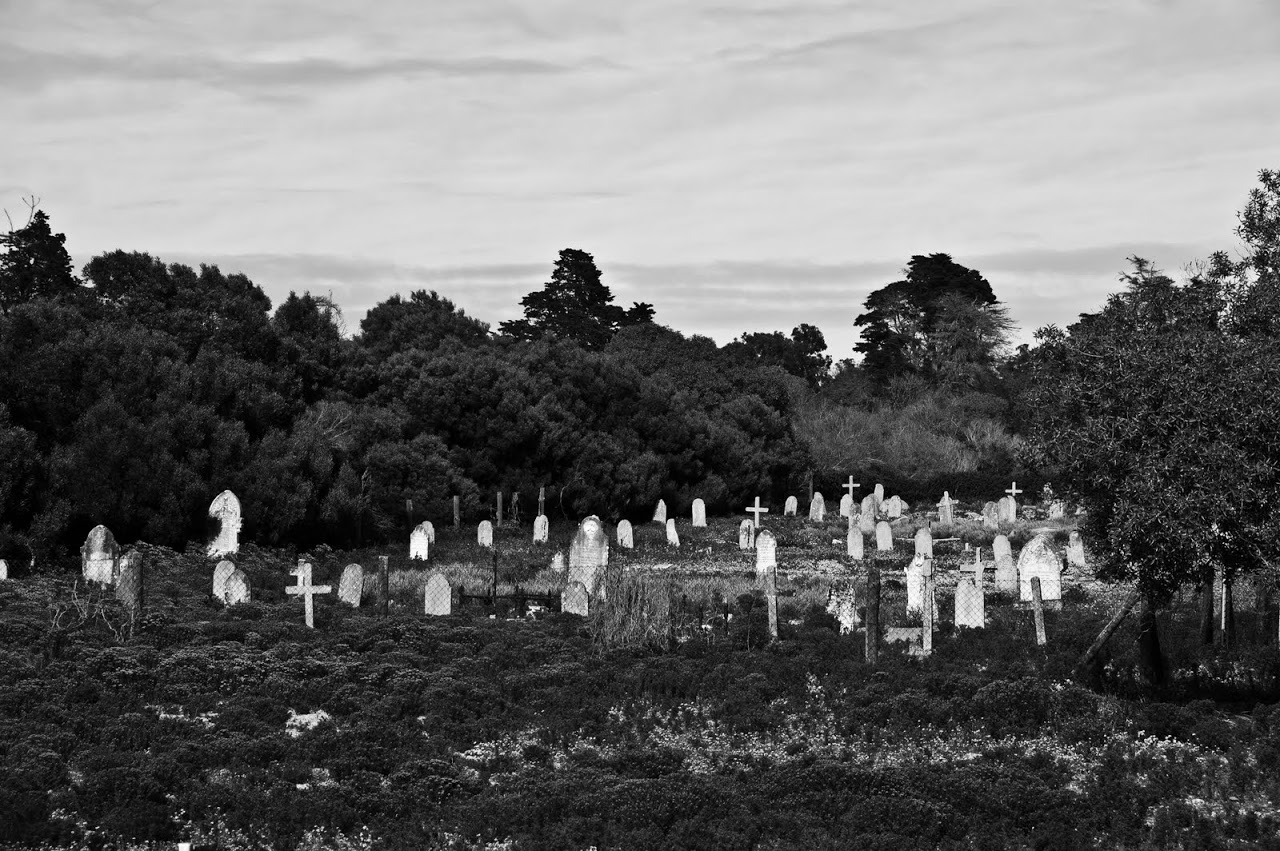
|
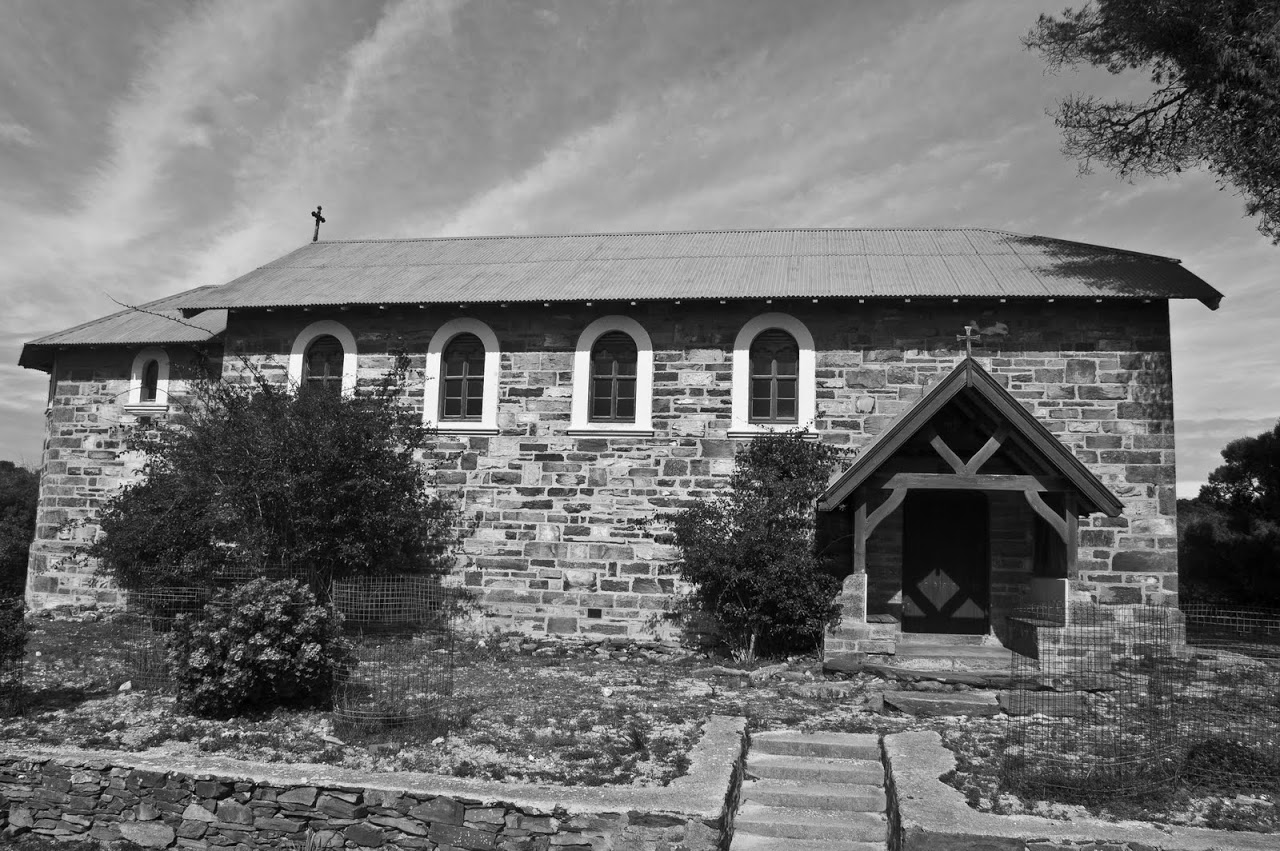
|
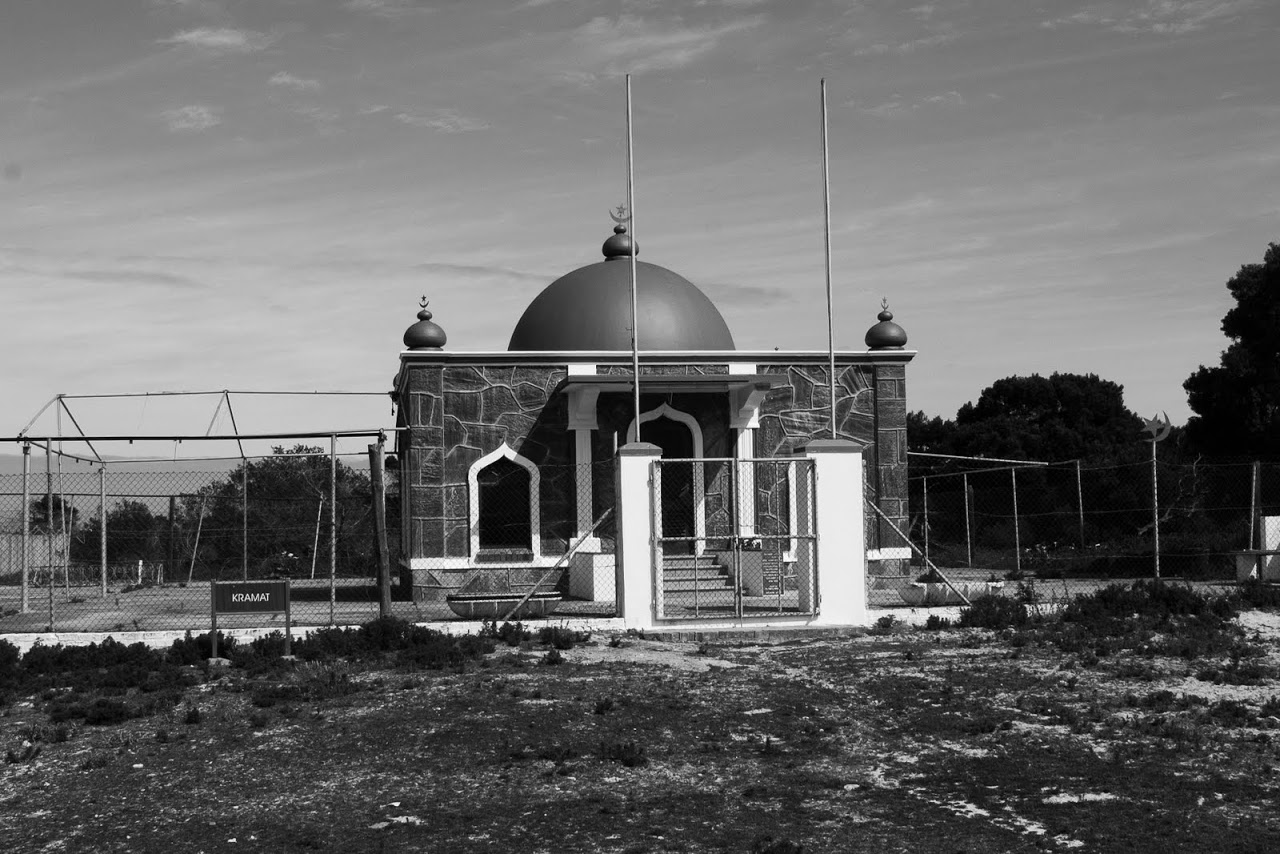
|

|
In South Africa, those divisions are especially complex because the Apartheid government boiled down discrete tribal classifications into simple terms such as "black," "white", "Indian," and "colored." And, those distinctions still stand.
Robben Island cells
On our last day in Zimbabwe, a lovely young pedicurist took care of my feet, dirt-ridden and cracked after walking through Namibian and Botswanan sand for almost three weeks. She asked me if Patrick was my boyfriend and I responded that he was my husband. She sighed and told me how lucky I am to have such open parents. She is colored --- meaning that her father is Malaysian and her mother is black from a western Zimbabwe tribe. Her boyfriend is Indian. She had his child two years ago. His family refuses to let him marry her or see her and her father refuses to speak to her. Her boyfriend has never seen their child.
Mandela's Gold flower
These stories exist everywhere, in every single country. People are divided all the time for reasons that I cannot fathom.
View of Cape Town from Robben Island
* Please note that these our strictly our experiences when it comes to how we have been treated as an interracial couple. We were never knowingly discriminated against but we often felt uncomfortable in South Africa because of the open confusion as to why we were together. We found it to have rich racial diversity but slim racial integration; perhaps, in the 1970s, America was much the same. I think and I hope that things are changing in South Africa. After all, it has only been 16 years since a restrictive and divisive regime ended. In particular, in Cape Town, we felt more welcomed as an interracial couple, perhaps because of its cosmopolitan nature. Either way, we highly recommend a visit to both Robben Island off Cape Town and the Apartheid Museum in Johannesburg as a great way to learn about the country's history.




